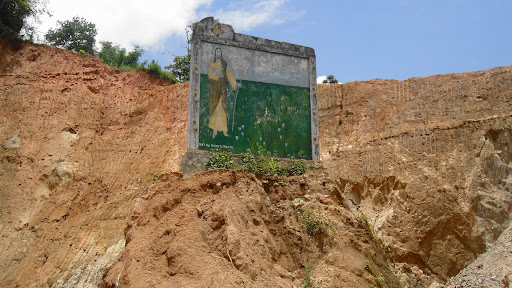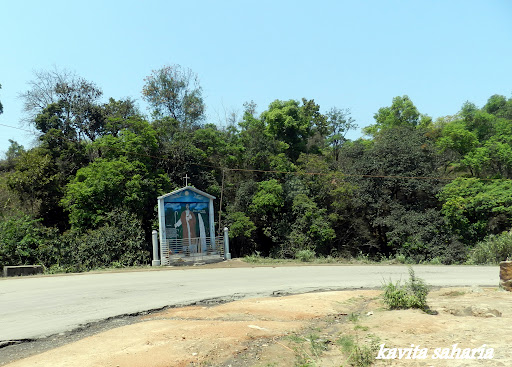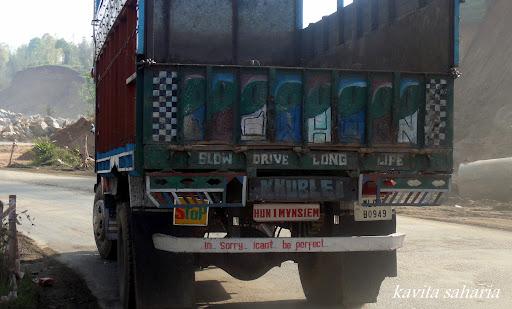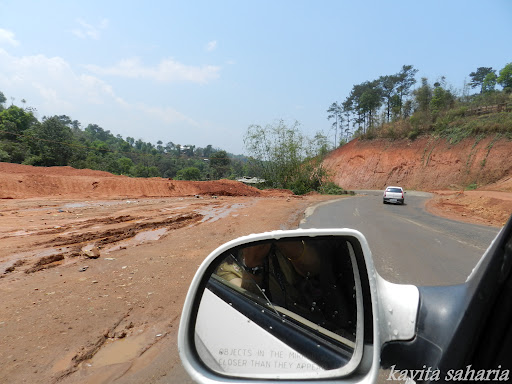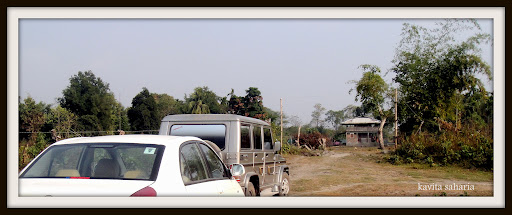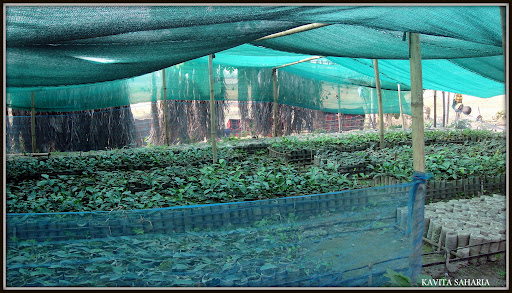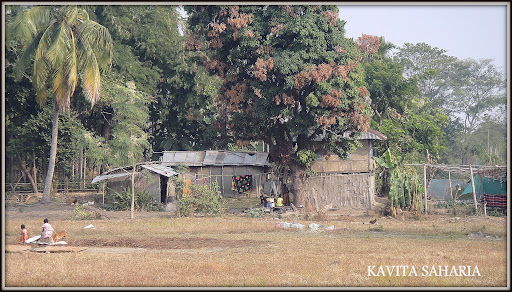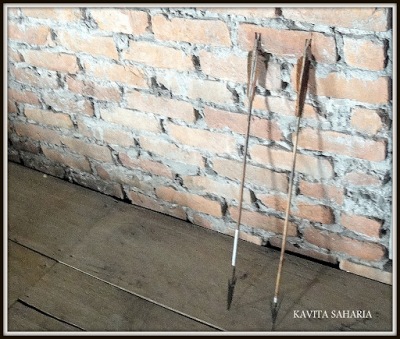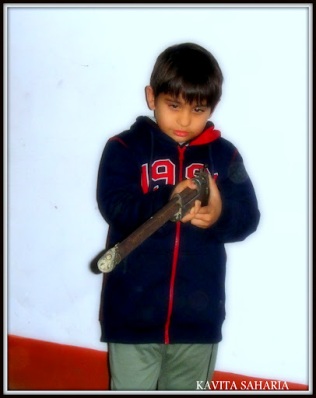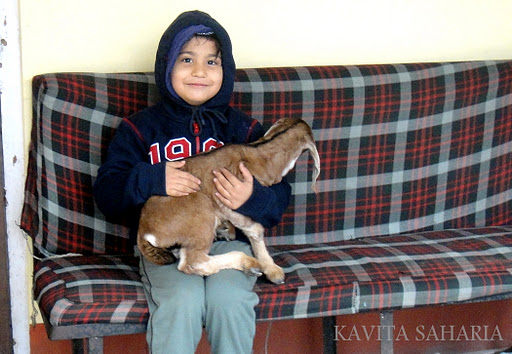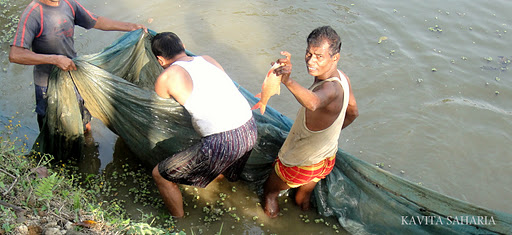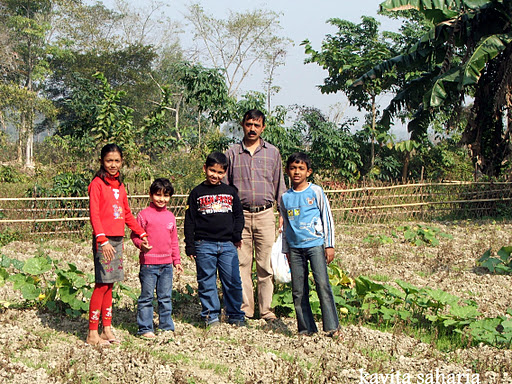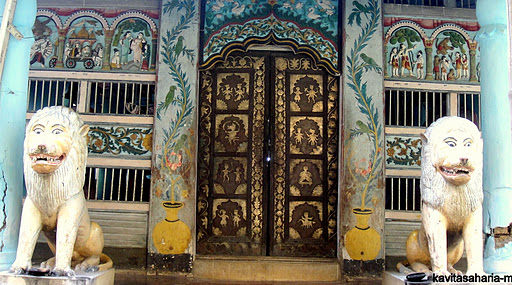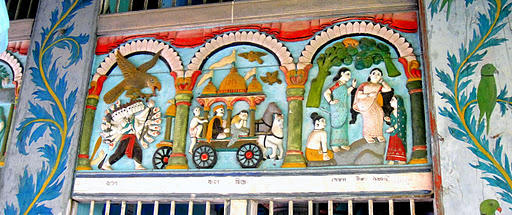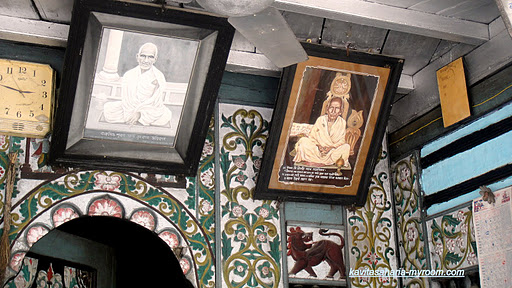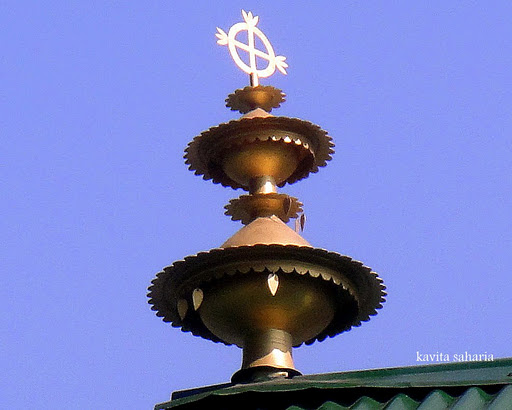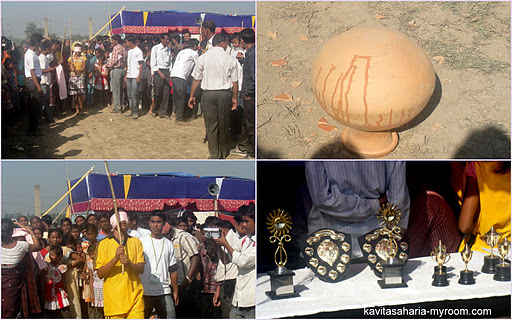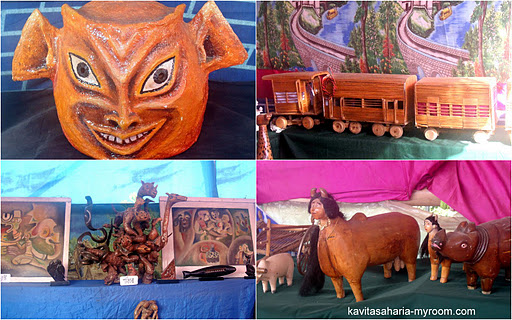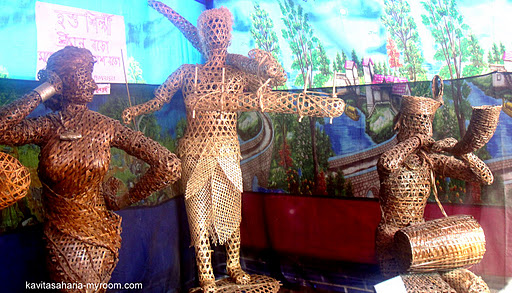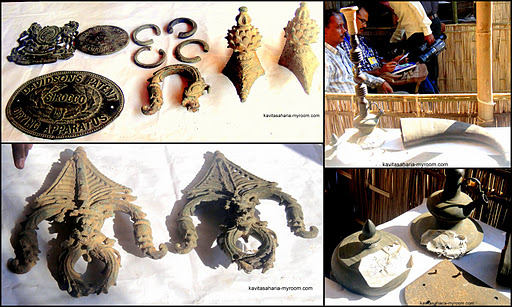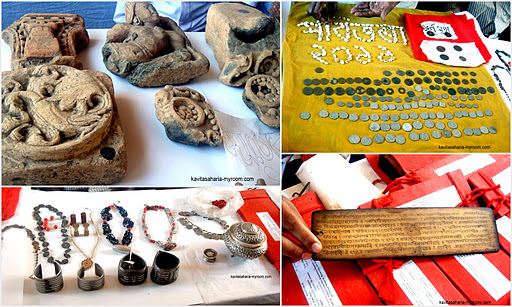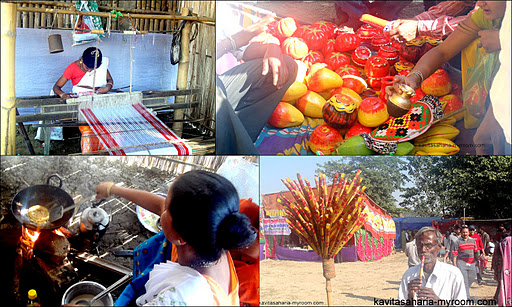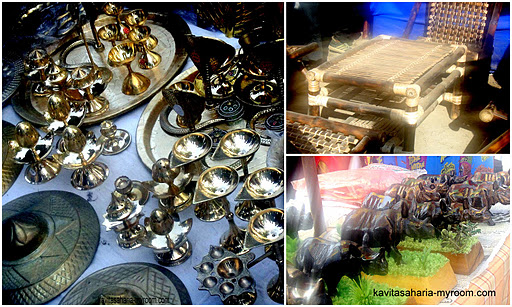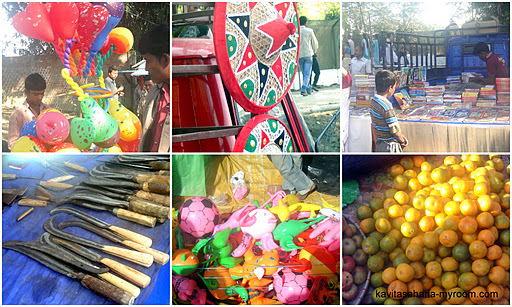Welcome to WordPress.com! This is your very first post. Click the Edit link to modify or delete it, or start a new post. If you like, use this post to tell readers why you started this blog and what you plan to do with it.
Happy blogging!
Most of you my friends already know my love for Shillong. Though living in Guwahati for more than 25 years we still have a house in Shillong, the same one where my husband is born and brought up. We spend most of our short school breaks,long weekends,Rongali Bihu, Durga Puja in Shillong. Not more than two years back travelling to
Shillong used to be so much fun because of the hassle free two and half hour drive and the extremely picturesque landscapes that NH40 offered.
NH 40 is a National Highway of India entirely within the state of Meghalaya. It covers a distance of 216 km.It is the only lifeline for Meghalaya, Mizoram, Tripura and the Barak Valley districts of Assam. At present a mega project is underway to widen a 61.8km section of Jorabat-Barapani section of NH-40 into four lanes. This project was approved by the Central Government to ease traffic snarls on NH-40, which connects Guwahati with the State Capital and extends to Barak Valley in Assam and Mizoram through NH-44. Authorities say that the improvement of this NH to four-lane standard would bring in prosperity and development of the region.
This ambitious project has not only hit the daily road blocks, traffic congestion creating immense suffering to the travellers but also completely changed the previous lush green terrain into a muddy mess.
Slashed hills ,boulders of all sizes .
Busy machine.
A lone wall standing with a beautiful painting of Jesus on it.Wonder what made the machines stop here! I captured this picture last year .
Noticed this new wall painting near the same site where once stood that wall with Jesus painted on it.
This mini-truck was loaded with packs of match sticks.The truck driver fell asleep while smoking his bidi , so here is the result. Driver was not hurt in this .
This is me reporting from NH40.
Manimugdha Sharma :A brief introduction
I met him through Fried Eye Magazine about three three years back and since then we have been very good friends. Manimugdha is a renowned quiz master from Assam who has been associated with print media since last seven years.Presently he is working as a chief copy editor in Times Of India.This is how he likes to introduce himself -An ardent history buff, disgruntled movie fanatic, frustrated lover of literature and the Indian cricket team, romantic fool of the highest order,journalist, die-hard quizzer, random thinker, well-known chatter-box, brilliant architect who builds castles in the air, self-proclaimed philosopher, a truly wandering soul with a desire to leave my mark in the sands of time.
This story is written by Manimugdha and it was previously published in Sunday Times TOI. I thank Manimugdha for sharing this story here on my blog.
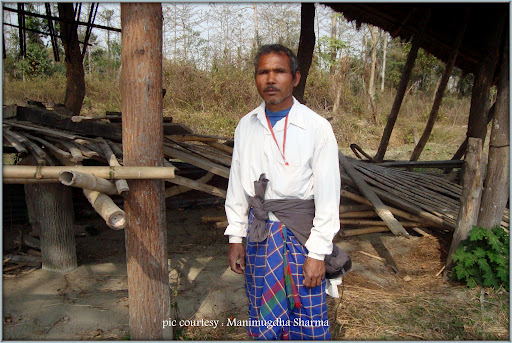 |
| Jadav Payeng :The man who made a forest. |
French author Jean Giono’s 1953 epic tale, The Man Who Planted Trees, seemed real to many readers. They thought the central character, Elzeard Bouffier, was a living individual until the author clarified that he created the character only to
make his readers fall in love with trees, and more importantly, planting trees. Assam’s Jadav Payeng has never heard of Giono’s book. But he could be Bouffier. He has single-handedly grown a sprawling forest on a 550-hectare (55 square kilometres) sandbar in the middle of the Brahmaputra. It now has many endangered animals, including at least five tigers, one of which bore two cubs recently.
By predators, Payeng means humans, too. He cites a recent incident when locals killed a rhino seen in his forest at another forest in Sibsagar district.
herd of 100-odd wild elephants strayed into the forest after a marauding spree in a few villages at Aruna Chapori nearby. Amongthe homes destroyed was Payeng’s hutment. It was then that assistant conservator of forests Gunin Saikia met Payeng for the first time.
BLOG UPDATED : 17.07.12 :
Received this mail from Manumugdha,sharing it here –
I am writing this mail with the intent of sharing with you all a moment of joy.
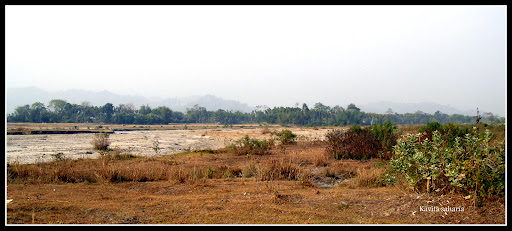 |
|||||
| road from Naamkhola to Bamunjuli |
Assam is the world’s largest tea-growing region .Tea industry in Assam is about 170 yrs old playing a significant role in state economy . It produces approx 51% of the tea produced in country and about 1/6th of the tea produced in world.The distinctive black teas from Assam is known for its body, briskness, malty flavor, and strong, bright color. Assam teas, or blends containing Assam, are often sold as “breakfast” teas . The Assam tea bush grows in a lowland region. Assam mainly exports its tea to Europe ,Middle East countries and also to Pakistan ,Eygpt ,Israel and Japan. Most of the large tea gardens are located in the Upper Assam and Southern Barak Valley region. . I always
wanted to write a post on one such lush green tea garden with a detailed account on how things work in there BUT my post today is based on a trip to a very small tea garden which is in its initial stage .Small tea growers are also contributing to the develpment of tea industry .My brother-in-law is one such small tea grower.
Bamunjuli is about an hour drive away from our village Naamkhola.The road condition is not that good. Kanu da made this double storey house as a safety measure because of regular wild elephant visits .
This is how a tea flower looks like.
These are the homes of the villagers he bought the garden land from . They are the one who keep an eye on the garden in his absence.
An educational tour for the kids by their dear uncle . Kids come up with different stories everytime they see me sipping my tea .
This house belongs to a comparatively rich villager .
The village has a govt school but most of the kids don’t go there. Kanu da tried to convince the villagers to encourage their kids to go to school but it made no difference. Most of the kids here are sent to the city and nearby towns to work as domestic helps.
A view from the house .Watering and taking care of the trees is a tough work . Soon the tea leave plucking season will start and a lot of activity is expected here.
Kids had fun running up and down . My son got some tea leaves tucked in his jacket pocket for me knowing how much I love tea.
To protect their crops and houses villagers use these arrows to chase away the wild elephants .They put fire on arrow and shoot it into the air when elephants attack.There are many sad stories related to animal poaching but because of legal reasons I can’t share it here.
After lunch the group returned to Naamkhola ,had tea and refreshments. Bablu and Puja helped in packing sweets ,home made pithas , curd/yogurt for me and eggs for their cousins.
After a tearful farewell they came back to Guwahati.
 |
| Pic credit :Siew Te Wong |
 |
| Pic credit :Siew Te.Wong |
 |
| This is how far Bermuda willing to go on the first day to forest enclosure. |
 |
| A smart pig-tailed macaque robbed the food that we placed on the ramp to encourage Bermuda the sun bear out from his den to explore the forest enclosure. |
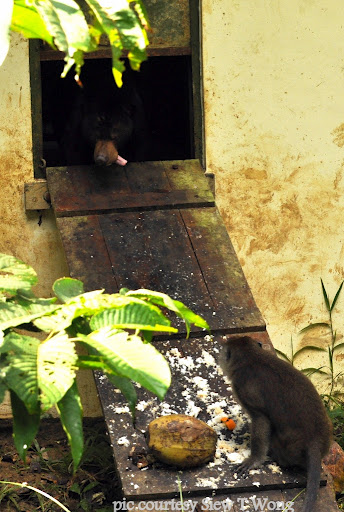 |
| The only thing that Bermuda did was watching the bandit took his food and sticks his tongue out! |
 |
| Bermuda is finally out to explore the enclosure. Although not much area covered, it is a good try for sure! |
 |
| Bermuda finally walking on soiled ground, not cemented floor. It may seem nothing for a bear, but for Bermuda, this is a big deal! |
Related Links :
 |
| a huge tree captured on camera by sobbing Gauri |
too we had similar plan but because of a very bad flu bout I could not accompany my family and had to stay back at Guwahati .This is was the first time that I spent three days alone at home without my kids .
 |
| another shot by her : a guy walking on bamboo sticks |
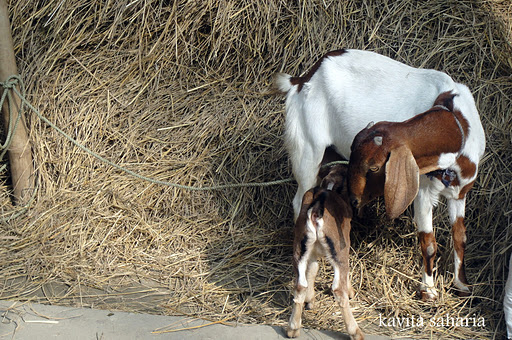 |
| Prityotama and Ganesh |
I had instructed both my kids to keep a safe distance from pond and they obediently followed that .And also they were under constant observation and excellent care of ma( my mother -in-law) and Jonali their aunt (my sister-in -law).
Bablu was already in the pond trying his hands on fish catching .All the invitations to join him were flatly refused by Gauri telling him ,”Ma ie manaa korisee”( ma said no ).
The pond is not very deep but because my kids are not good swimmers as yet I am not comfortable in letting them try .This is how our pond looks when emptied for half yearly cleaning.
The net gets heavy because of too many fishes in it .You can see fishes jumping .
Each fish is carefully selected depending on it’s size and variety .Immature ones are thrown back to the pond .The one above looks like a great catch.
They found a snake too in there which was thrown back to the pond.After an hour fish catching session was over .
Happy people here.Each fish weighed between 2- 3 Kg .More than fifteen fishes were caught that day .Kanu da kept eight and rest were distributed amongst staff and some other close friends.
Babloo with his catch.
Saharia men ready for Uruka Bhoj (feast).
They also collect pumpkin flowers to make fritters.This picture is from one of our previous trips.
 |
|
| an old picture |
Kanu da takes them on a short tractor ride if time allows.
 |
| pic from our previous trip |
Some cricket is played .
A trip to the smelly pigsty is a must.
Kaustubh and Gauri are very fond of milk so they get their special share .
 |
| an old pic |
The evening is enjoyed by watching making of sunga peetha and uruka feast later.
Next morning people gather around Meji .
Soon after meji burning ritual we usually go on village round visiting friends and relatives but this time Kanu da had planned a picnic at his newly bought tea garden which is in it’s budding stage.I will take you there in my next post .
Thanks.
see the Satras there.Hearing this Mr . Bharali suggested that we visit three hundred and fifty years old Sri Sri Iswarhatisatra which is famous for it’s great wood carvings and paintings.We readily agreed to it and soon followed Mr. Bharali as our guide.(In the picture : Mr. Bharali ).
A Satra has been defined as:-ekanta vaisnava yot nibasa karai . jibako saran diye, tak Satra kai – which means Where the single-minded Vaishnavas reside,where they offer shelter to the souls, that place is called a Satra.They are of great importance because of the fact that they contain manuscripts, artifacts and antiques of immense historical value.
These Instituitions work both as the hub of religious learning and as residential schools.Here is a view of the assembly hall .The hall always faces the east.
Satras have always encouraged the arts and crafts, like dance, drama, music, book-illustration for the beautification of the Satra interiors .The above carving depicts the scene from Ramayana .Those who are familiar with Ramayana can see the war between Laxman and Kumbhkaran , Hanuman bringing Sumeru Parvat ,Lord Rama and Lanka king Ravana.
Doors with carvings of lion motifs are called Shimhaduar .The doors had beautiful brass work on them.Wish that the ripped paint and the dirt over the paintings were taken care of.We were told that soon this site is going to be developed as a tourist destination.
Another panel depicting Sita Haran by Ravana ,the fight between Jatayu and Ravana and Sita at Ashok Vatika.
From Ramayana : Lord Rama ,Laxman and the fight between Sugreeva and Baali. Because of time limit as we had to go to the Boat Race venue we could not see the carvings on the other side .
These are the pictures of founder Satradhikars.As told by the present Satradhikar they are kown to have lived very long life .
Soon we had to rush as the procession towards the boat race was about to begin.We left the premises with a promise to the villagers that if possible we will visit this beautiful Satra again so as to see the interiors of the assembly hall which we missed this time.
I will be away for a week visiting our ancestral village for celebrating Magh/Bhogali Bihu (harvest festival).I wish you all A Very Happy Bihu.
(This new feature of reply thread in blogger comment section is great , go to comments- settings and choose Embedded option in Comment Location)
she has published an anthology, three memoirs 1 .Like a Joyful Bird: A Memoir 2. Love, Life, and Publishing: A Second Memoir 3. Look for Me in Hawaii: A Third Memoir, and many newspaper columns. She lives with her husband David in Honolulu. They have two daughters, a son-in-law, and two lovely grandchildren.I met Glenda two years back through her beautiful blog gigi -hawaii .We are regular at each others blog and many of you must have noticed her in comments.She is a warm ,wonderful ,bright and an inspiring person. Above all she is a great friend .
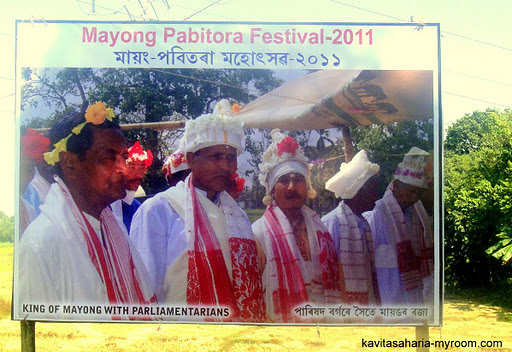 |
| The picture at the entrance gate shows King Of Mayong and his parliamentarians |
from mouth to mouth from generation to generation.It is said that people came from far off and abroad to learn magic here. Pobitora Wildlife Sanctuary is mainly famous for its great Indian one horned Rhino. Besides Rhino the other animals are Leopard, Wild boar, Barking deer,wild buffalo etc. Assam’s Pobitora Wildlife Sanctuary is also home to more than 2000 migratory birds and various reptiles. It is also an Important Bird Area …(info courtesy wiki).
 |
| Pics showing the main entrance of the sanctuary ,the way to the event and an interesting cycle parking area. |
 |
| We noticed some migratory birds on our way from car parking towards the event area. |
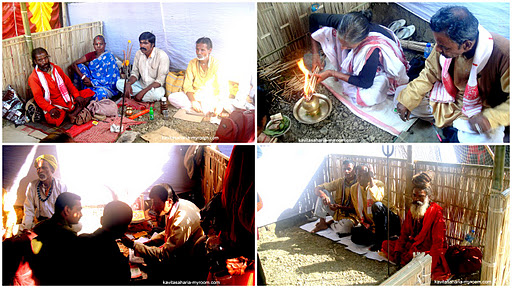 |
| In the pics ..Bejs/Magic practitioners feel that this event will go a long way in promoting old tradition of magic. |
Post Updated on 29.11.11: Many of you want to know about that white ,round idli like snack in the above picture.This delicacy is known as Tekeli Pitha ,click here to know more about it .
 A Very Happy Durga Puja (Navratras) To All Of You .
A Very Happy Durga Puja (Navratras) To All Of You .
has turned into a huge socio cultural event here.People participate in this celebration irrespective of their religion,backgrounds and beliefs.
 You know the Puja is near when you find these Kumars (potters) engaged in making the clay images of the ten handed Goddess that we all worship later.The tradition of clay image making in India is as old as from 18 th century.The above picture is of Lachit Nagar area ,it is the hub of this art here in Guwahati.
You know the Puja is near when you find these Kumars (potters) engaged in making the clay images of the ten handed Goddess that we all worship later.The tradition of clay image making in India is as old as from 18 th century.The above picture is of Lachit Nagar area ,it is the hub of this art here in Guwahati.  This job is very hard , lengthy and back breaking .The artist hardly noticed me when i clicked this picture.At a later stage these idols are decorated with beautiful clothes and jewellery.Beautiful pandals are build in different areas of the city(pandals are temporary structure made with bamboo and cloth ,these pandals are used as temporary temple to worship the goddess).While some of the pandals are simple structures, others are often elaborate works of art with themes that are based on history, current affairs and sometimes pure imagination.Pujas are mainly financed by the local people and communities, now a days we see some corporate houses coming forward as sponsors .In many part of Assam and other neighboring states the festival is celebrated in community prayer halls or Naamghar too.
This job is very hard , lengthy and back breaking .The artist hardly noticed me when i clicked this picture.At a later stage these idols are decorated with beautiful clothes and jewellery.Beautiful pandals are build in different areas of the city(pandals are temporary structure made with bamboo and cloth ,these pandals are used as temporary temple to worship the goddess).While some of the pandals are simple structures, others are often elaborate works of art with themes that are based on history, current affairs and sometimes pure imagination.Pujas are mainly financed by the local people and communities, now a days we see some corporate houses coming forward as sponsors .In many part of Assam and other neighboring states the festival is celebrated in community prayer halls or Naamghar too. 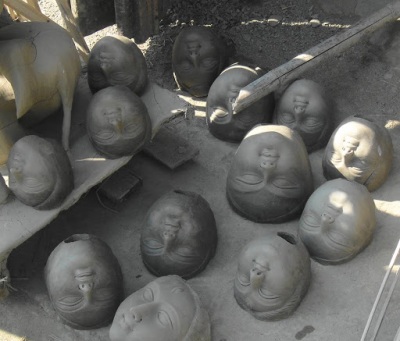
 The above picture is of a Naamghar which has been celebrating the festival since 1935.The picture below shows the unvieled faces of the Goddess and the other Gods which are Ganesha,Laxmi, Saraswati,Kartika.You can see the very familiar pose of Ma Durga unleashing her wrath on Mahishasura a demon .It signifies the victory of good over evil.
The above picture is of a Naamghar which has been celebrating the festival since 1935.The picture below shows the unvieled faces of the Goddess and the other Gods which are Ganesha,Laxmi, Saraswati,Kartika.You can see the very familiar pose of Ma Durga unleashing her wrath on Mahishasura a demon .It signifies the victory of good over evil. 
 As the priest continue with their rituals,crowd starts gathering up at the venue for offering their prayers. A welcome speech by the organizers announces the timings of different rituals and other cultural events .Durga is worshiped in the form of cosmic knowledge –Mahasaraswati.
As the priest continue with their rituals,crowd starts gathering up at the venue for offering their prayers. A welcome speech by the organizers announces the timings of different rituals and other cultural events .Durga is worshiped in the form of cosmic knowledge –Mahasaraswati.
 Traditional drummers are called from nearby villages/areas. They are an integral part of puja.The beautiful images ,the sound of sankha(conch shell)the chanting of mantras,beating drums , the smell of scented flowers and incense sticks add a lot of charm to the rituals.
Traditional drummers are called from nearby villages/areas. They are an integral part of puja.The beautiful images ,the sound of sankha(conch shell)the chanting of mantras,beating drums , the smell of scented flowers and incense sticks add a lot of charm to the rituals.  Inside the hall/pandal ladies gather to sing durga–naam( devotional songs for the goddess). The whole community becomes one family during this festival.
Inside the hall/pandal ladies gather to sing durga–naam( devotional songs for the goddess). The whole community becomes one family during this festival.  During evening hours aarti is performed-it is one of the main attraction as the priest offers the light from the wicks soaked in ghee to the deity in a rhythmic dance like manner .The drummers play the drums non stop throughout the aarti.Aaarti is done in the spirit of humility and gratitude.It symbolizes five elements,earth,wind,fire,water and ether.
During evening hours aarti is performed-it is one of the main attraction as the priest offers the light from the wicks soaked in ghee to the deity in a rhythmic dance like manner .The drummers play the drums non stop throughout the aarti.Aaarti is done in the spirit of humility and gratitude.It symbolizes five elements,earth,wind,fire,water and ether. 
 It is also the time when we prepare Boloy,a yellow colored holy wrist band made of cloth which contains rice grains,mustard seeds,aparajita leaves and durva.Boloys are distributed on the day of Dasahami amongst the devotees.
It is also the time when we prepare Boloy,a yellow colored holy wrist band made of cloth which contains rice grains,mustard seeds,aparajita leaves and durva.Boloys are distributed on the day of Dasahami amongst the devotees. 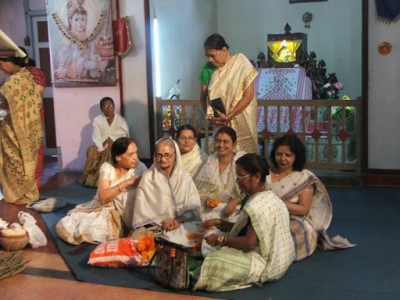 You can see yellow cloth and the ingredients that are used in making of a Boloy.
You can see yellow cloth and the ingredients that are used in making of a Boloy.  On morning hrs outside the pandals/prayer halls one can notice many stalls where ladies group sell their home made sweets ,clothes and other handicrafts.
On morning hrs outside the pandals/prayer halls one can notice many stalls where ladies group sell their home made sweets ,clothes and other handicrafts.  To encourage the young kids for more active participation various competitions are held .After aarti and prasad distribution people enjoy cultural evenings.Evening also includes visiting various pandals of the city/town.
To encourage the young kids for more active participation various competitions are held .After aarti and prasad distribution people enjoy cultural evenings.Evening also includes visiting various pandals of the city/town.  The 9th day or Mahanavami is the concluding day of puja.As usual chanting of mantras and puja is offered to the goddess.A bhog is offered to the goddess which is later distributed amongst the devotees.Another attractive feature of puja is Khichuri prasad on the day of navami .It is a dish made with a mixture of various lentils and rice grains.
The 9th day or Mahanavami is the concluding day of puja.As usual chanting of mantras and puja is offered to the goddess.A bhog is offered to the goddess which is later distributed amongst the devotees.Another attractive feature of puja is Khichuri prasad on the day of navami .It is a dish made with a mixture of various lentils and rice grains.  Dashami or the 10th day is the day when the devotees bid a tearful farewell to the goddess.It is a very highly emotional day for all. Goddess is prepared for her departure — sound of drums,chants,devotional songs and offerings of flowers and the rice grains are showered at the images.
Dashami or the 10th day is the day when the devotees bid a tearful farewell to the goddess.It is a very highly emotional day for all. Goddess is prepared for her departure — sound of drums,chants,devotional songs and offerings of flowers and the rice grains are showered at the images.
 As the goddess is finally lifted the roaring sound of Durga Ma Ki Jai almost deafens ones ears.Moist eyes are norm .Finally the idols are carried in a procession around the locality and immersed in a nearby river or pond.Devotees bid her farewell with an invitation to come back again the next year.
As the goddess is finally lifted the roaring sound of Durga Ma Ki Jai almost deafens ones ears.Moist eyes are norm .Finally the idols are carried in a procession around the locality and immersed in a nearby river or pond.Devotees bid her farewell with an invitation to come back again the next year. 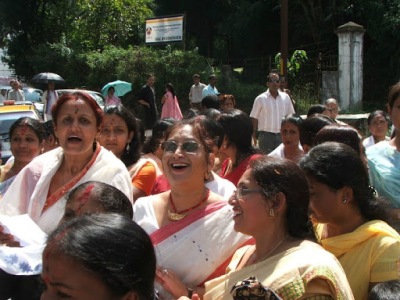 With tearful eyes and songs we say goodbye to her !
With tearful eyes and songs we say goodbye to her ! 
Will be away for two weeks from blogger as i am visiting my mom and my brother’s family .Until then Happy Blogging .
Related Link : do check this link if interested to know more on Durga Puja Evolution Of Durga Puja





